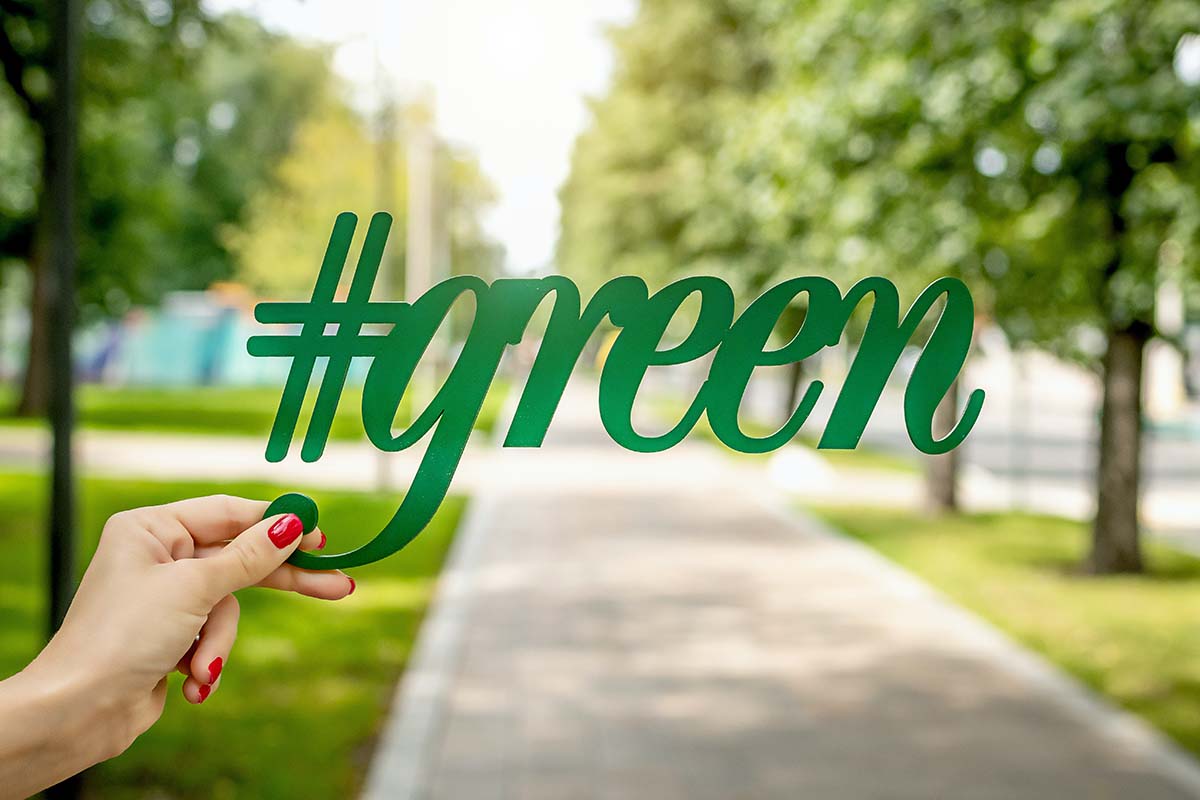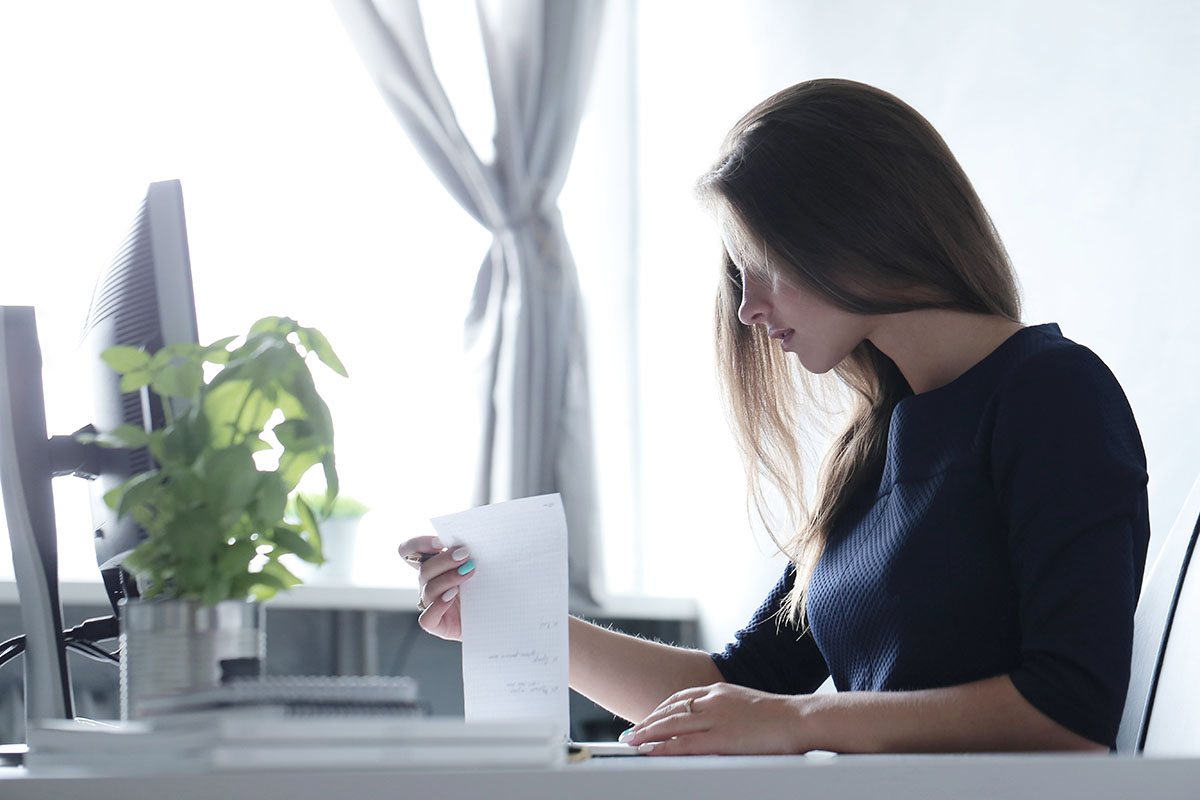As society becomes more conscious of waste disposal issues, an innovative new trend has surfaced: Upcycling. Transforming unwanted items into something usable and attractive is no longer just for hobbyists – it has grown into an established market.
Upcycling Market Growth: The Allure of Upcycling
Upcycling is more than a trend; it is an artistic and creative reinterpretation of waste that solves excessive consumerism and its environmental impact.
The concept is straightforward – instead of discarding items considered waste, we transform them into something of equal or even greater value instead, thus decreasing landfill waste while simultaneously decreasing demand for new products, and decreasing carbon footprint. Upcycling also brings great joy through personal creation, adding to its attractiveness.
The Role of Creativity
Creativity is at the center of upcycling’s success, acting as the engine that transforms unwanted objects into unique and highly valued pieces. Making use of old furniture as whimsical home decor and upcycling clothing into high-fashion pieces are two possibilities made possible with creativity and imagination.
Not only can this process reduce waste, but it can also bring a sense of personal achievement and satisfaction. Upcycling encourages us to look past an item’s current use and envision its future potential, not only fueling upcycling market growth but also encouraging a more eco-conscious mindset by shifting us away from linear ‘take-make-dispose’ models into circular and mindful ones.
The Economic Impact
Upcycling isn’t only good for the environment; it also has considerable economic repercussions. Upcycling can open new doors for business ventures – particularly for artisans, DIY enthusiasts, and independent creators who rely heavily on upcycling products as part of their livelihood.
Etsy, eBay, and Depop have become popular online marketplaces for selling upcycled goods, contributing to the expansion of the gig economy. Furthermore, corporations are increasingly adopting upcycling strategies into their business plans as a way of creating jobs and spurring economic development.
A used pallet supplier, for example, may collect and refurbish old pallets to supply the growing market for upcycled furniture – not only is this practice carbon neutral but can generate revenue and job opportunities for their company. Upcycling markets can also serve as an invaluable way of cutting waste management costs. By diverting trash away from landfills and into upcycling markets, we can turn an expense center into a profit generator, creating a win-win scenario for the economy and the environment.
The Future of Upcycling
Upcycling is poised for growth as more people strive to be environmentally friendly. New innovations, like 3D printing and AI, could revolutionize its use – making the upcycling process both efficient and accessible. Consumer awareness about environmental impacts increases, and with it comes demand for upcycled products.
Governments and international organizations are now recognizing the benefits of upcycling for waste management and are taking steps to encourage it through policies. Upcycling will only reach its true potential when it is accepted as part of daily life rather than remaining an isolated practice. Looking ahead, upcycling has great promise as part of global efforts towards more sustainable and circular economies.
Conclusion
Upcycling offers a practical and tangible answer to environmental challenges associated with waste generation. Upcycling fosters a circular economy by turning waste into valuable products, promoting sustainability and economic development. As public awareness regarding environmental conservation grows, and technological advances continue to democratize upcycling, this industry looks set for significant expansion.
Upcycling has gone from being just an innovative idea to an indispensable need in our collective responsibility toward creating a more sustainable future. Upcycling extends far beyond simply being trendy; its potential extends far beyond simply waste management as a holistic path toward creating a green and prosperous future.




















